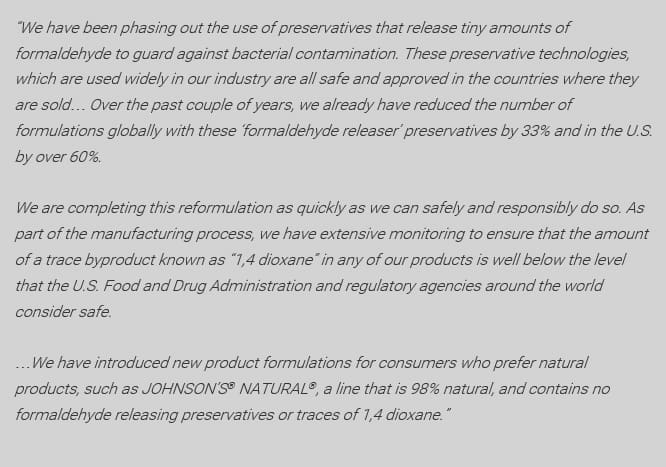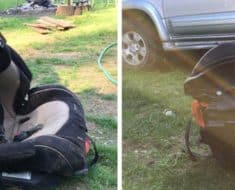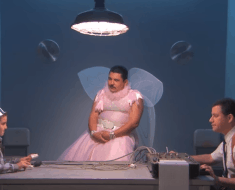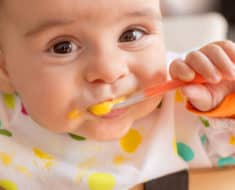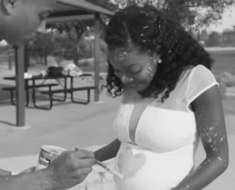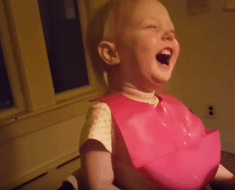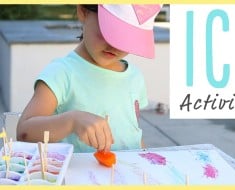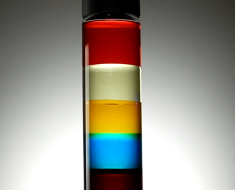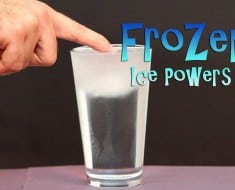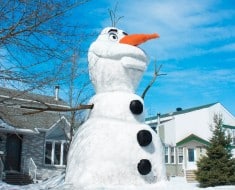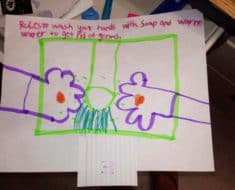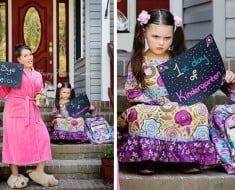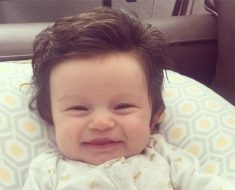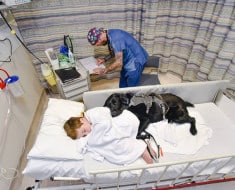Naturally when you purchase a baby product such as shampoo or lotion, you expect that the product is going to be safe for infants.
But what if one of the most popular baby shampoos actually contained potentially cancer causing ingredients?
It turns out that health and environmental organizations have been trying to pressure the well known Johnson and Johnson company to get rid of not just one, but two potentially harmful chemicals that they have been including in their baby shampoo! The first ingredient is quaternium-15. This is said to actually release formaldehyde, which is notorious for being a carcinogen attached to leukemia as well as a skin, eye, and respiratory irritant. According to SafeCosmetics.org:
The second ingredient is 1,4-dioxane, which is considered most likely to be a carcinogen. Not only will you find this ingredient in their baby shampoo, but it is also contained in other baby products such as Oatmeal Baby Wash, Moisture Care Baby Wash and their Aveeno Baby Soothing Relief Creamy Wash. The CDC states that 1,4 dioxane is likely carcinogenic to humans and can be toxic to the brain, central nervous system, kidneys, and liver.
Why Is Johnson & Johnson Dragging Their Feet on Removal of Toxic Ingredients for U.S. Lots?
There already has been a letter sent to Johnson & Johnson which was signed by 25 medical and environmental groups. In the letter they demanded that they remove the chemicals and do so by November 15. In the meantime they suggested everyone boycott the company until they comply.
This was Johnson & Johnson’s response:
Well, it does sound somewhat reasonable right? According to critics there are two major issues with their reply that consumers need to heavily question.
First of all it appears that they already have a carcinogen-free baby shampoo which they are selling in other countries, so why would this long, drawn out “phasing out” of chemicals even be necessary if a chemical free formula already exists overseas?
The second issue is the cost of the “Naturals” brand. They have it priced at nearly twice the amount of the chemical brand. And once again, this is another chemical-free shampoo they already have available, so what’s the deal with the whole “reformulation” angle. There’s already two versions available. The chemical free version is already being sold in Denmark, Finland, Japan, The Netherlands, Norway, South Africa, Sweden, and the U.K.
Unfortunately, simply looking for the words 1,4-dioxane on the label won’t work, as naturally they are not listed as such. Instead you have to look out for the following ingredients:
PEG-100 stearate, Sodium laureth sulfate, Sodium myreth sulfate, Polyethylene, Ceteareth-20.
Another red flag are these ingredients which are said to likely contaminate products with formaldehyde:
Quaternium-15, DMDM hydantoin, Imidazolidinyl urea, Diazolidinyl urea.
More red flag ingredients to be aware of.
As if that’s not enough, there are even more ingredients to be aware of as they too are hazardous.
-Xynol, ceteareth, oteth.
-DEA or Diethanolamine (a potential cancer causing ingredient.
-Propylene Glycol. Common in shampoos, despite warnings elsewhere that it’s a strong skin irritant and skin contact should be avoided as well as warnings it can cause kidney and liver abnormalities.
-Parabens. Also listed as methyl paraben, ethyl paraben, propyl paraben, butyl paraben, isobutyl paraben, or E216, these have been linked to cancer as well and have estrogen effects to the body.
27 ingredients daily which have never been properly cleared for safe use. This according to a study by the Environmental Working Group (EWG) who surveyed 3,300 parents. They compared baby product ingredients that the families used to a list of chemicals known for causing allergies, hormone disruption, damage to the nervous system, and cancer. The dangerous ingredients included:
–2 bromo, 2 nitropropane, and 3-DIOL. Allergy causing and skin irritants, with possible cancer links.
–Sodium borate. This is found in Desitin diaper cream and can build up in the baby’s brain and liver causing dangerous effects.
–Oxybenzone. A sunscreen ingredient causing allergies and possible interfering with a child’s hormone system.
The shocking thing is that 89 percent of products labeled “Recommended by doctors” were the one’s that had the most red flags attached to them, meaning they contained the dangerous chemicals.
The study also found the following:
-82 percent of children are exposed every week to one or more ingredients with the potential to harm the brain and nervous system.
-69 percent of children are exposed every week to one or more ingredients that may disrupt the hormone system.
-3.6 percent of children are exposed to ingredients with strong data linking them to cancer, including chemicals classified as known or probable human carcinogens.
-80 percent of children’s products marked as gentle and non-irritating contain ingredients linked to allergies and skin or eye irritation according to government and industry sources.
Evaluate Ingredients Before You Buy
It’s sad to say but you have to take a lot of caution before you buy baby products. With so many cancer causing potentials in common baby products, you really have to be vigilant about what you buy for your child. As parents you already have a lot to worry about, and it would be nice to just grab a baby product from the shelf and take it’s safety at face value, but unfortunately you really have to dissect the ingredients and become aware of what to look out for.
The best thing to do is aim for organic based products which are free from chemicals. Of course the marketing gurus have picked up on this already and have rolled out a number of products which they will label as organic or natural, but naturally they aren’t. So even with the label “organic” you should still check the ingredients.
General Shopping Guidelines
-USDA Organic Seal
-Rule of thumb: if you can’t pronounce the ingredient, don’t use the product.
-Aim for fragrance free products.
-Pay attention to the first few ingredients as these are the main ingredients in the product. If a product labels itself as “honey based” and honey is the last thing listed in the ingredient list, that means honey is the least included ingredient (companies have to list ingredients in order from most to least content-wise on the label).
-Focus on keeping it simple. Use the simplest products and don’t get overly exotic in your use of product and what you feel you need.
-Glass based containers are better than chemically leaching plastic products (or make sure the plastic is listed as BPA-free.)
-Rely on companies which have a good track record for truly being organic through and through. You will pick up on the trustworthy products as they will be staunch in their advocacy for remaining pure and staying legitimately all natural.
Like ✪ Share ✪ Be Awesome









